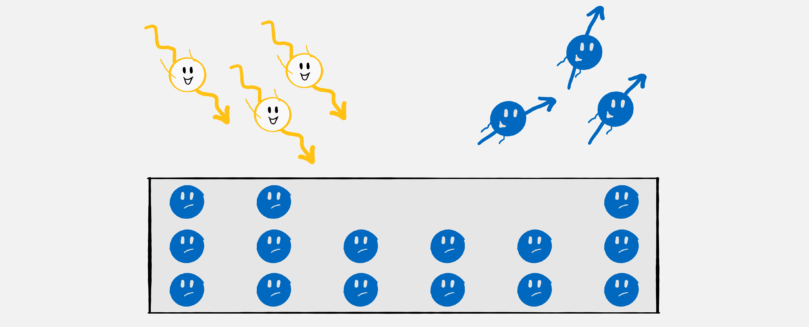
The identity crisis of light
Sometimes you have to make a choice. Some things you hate, for example, or you love them. Like Brussels sprouts, marzipan or Big Brother. In other cases, you have to take sides: Cats or dogs, Edward or Jacob, wave or particle. But as unlikely as it may sound, sometimes you can be two things at once. Although when this happens in the very foundations of physics, it can start heated discussions. Like at the beginning of the 20th century when Albert Einstein threw light into a deep identity crisis: wave or particle, which is it?

